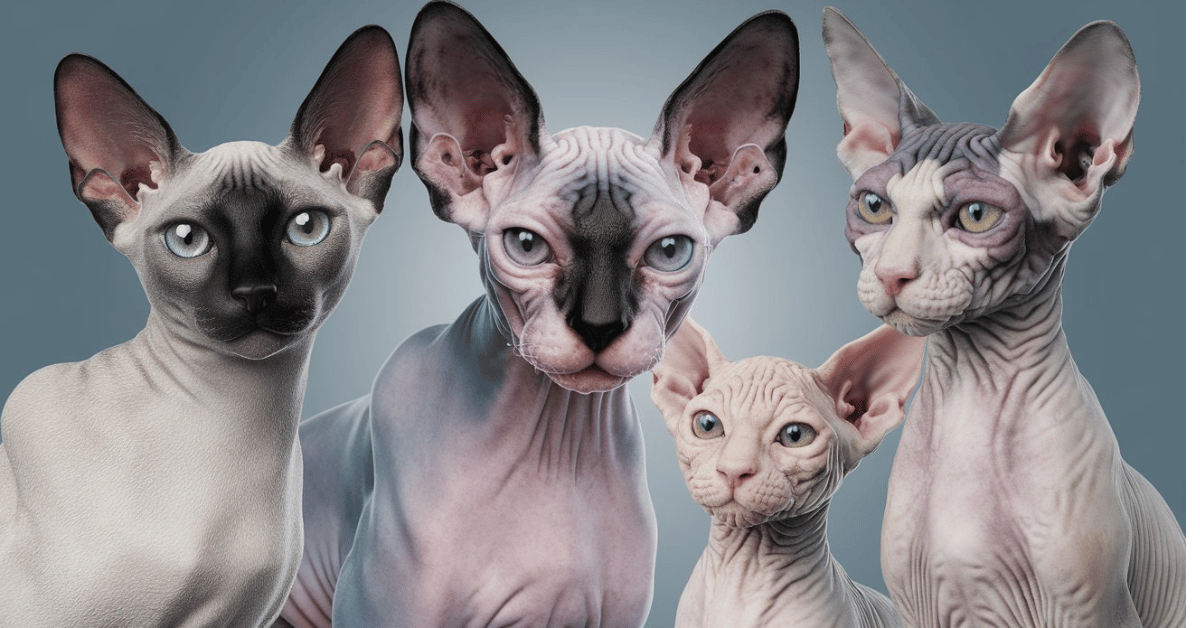The Hairless Phenomenon: Why Do Hairless Cats Exist?
Curiosity and affection for decades prompt us to explore why do hairless cats exist. With their unique, eye-catching appearance, these cats have piqued human curiosity and affection for decades. At the forefront of this hairless revolution stands the Sphynx, a breed that defies the typical feline fur coat and captivates with its peach-like skin texture.
Unlike other mammals, which rely on their fur for warmth and protection, hairless cats present a fascinating exception to the rule, challenging our perceptions of typical pet aesthetics.
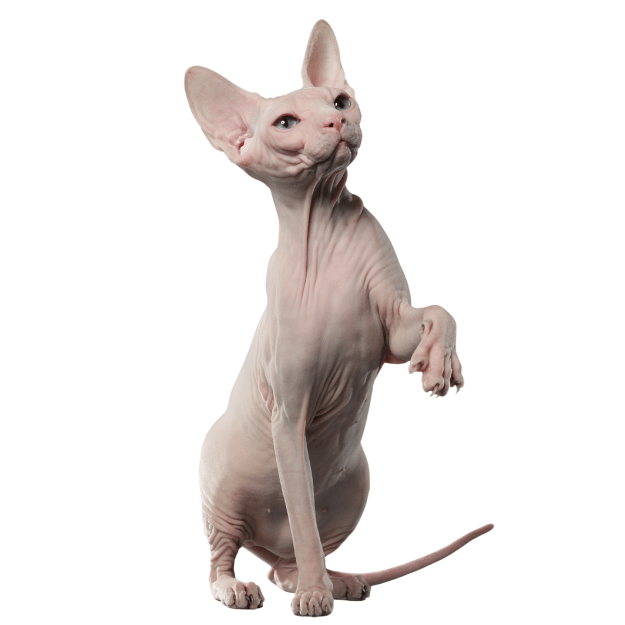
The Sphynx, in particular, is not just a marvel of nature but also a product of distinct genetic characteristics. Originating in the cool climates of Canada, this breed contrasts sharply with the stereotypical image of a cat. Its hairlessness is not just a random mutation but a specific adaptation that has drawn the interest of geneticists and cat lovers alike.
The Genetic Blueprint: Unpacking Hairlessness in Cats
Delving into the genetics, hairless cats like the Sphynx owe their unique coats—or lack thereof—to a mutation in the keratin 71 gene (KRT71), which plays a pivotal role in hair formation. This mutation affects the hair’s structure and growth, resulting in the complete absence or significant reduction of fur. The mutation leads to a phenotype that is not only visually distinct but also requires a different approach to care and handling compared to their furry counterparts.
The genetic underpinnings of hairlessness in cats provide a fascinating example of how mutations can lead to new and sometimes desirable traits in domestic animals. While some mutations can be detrimental, the KRT71 mutation offers an intriguing advantage under certain domestic conditions, allowing these cats to thrive in indoor environments where the nuances of temperature regulation are different from the wild.
Tracing the Origins: The Historical Path of Hairless Cats
The tale of the hairless cat is not one of ancient origins but rather a modern twist in feline evolution. The journey begins in the mid-20th century, specifically in Toronto, Canada, where the first recorded instance of a genetically hairless kitten, affectionately named ‘Prune,’ marked the beginning of what would become the Sphynx breed. This wasn’t a result of ancient genetic lineage but a spontaneous mutation that caught the eye of breeders and cat enthusiasts worldwide.

Prune’s appearance in 1966 sparked significant interest, leading to a deliberate effort to cultivate this unique trait. Through selective breeding, enthusiasts sought to stabilize the hairless trait while maintaining the health and vitality of the cats.
This process was meticulous and deliberate, focusing on enhancing the breed’s distinct characteristics without compromising their overall well-being. The development of the Sphynx breed through these careful practices showcases the human fascination with novelty and our desire to embrace and enhance natural mutations.
Beyond the Sphynx: Diversity Among Hairless Cat Breeds
While the Sphynx is the poster child for hairless breeds, it is not alone in its lack of a fur coat. The narrative of hairless cats extends beyond this single breed to include others, such as the now-extinct Mexican Hairless, and modern varieties like the Elf and Dwelf. Each of these breeds showcases a different facet of the hairless trait, from the Elf’s curled ears to the Dwelf’s dwarf stature and short legs.
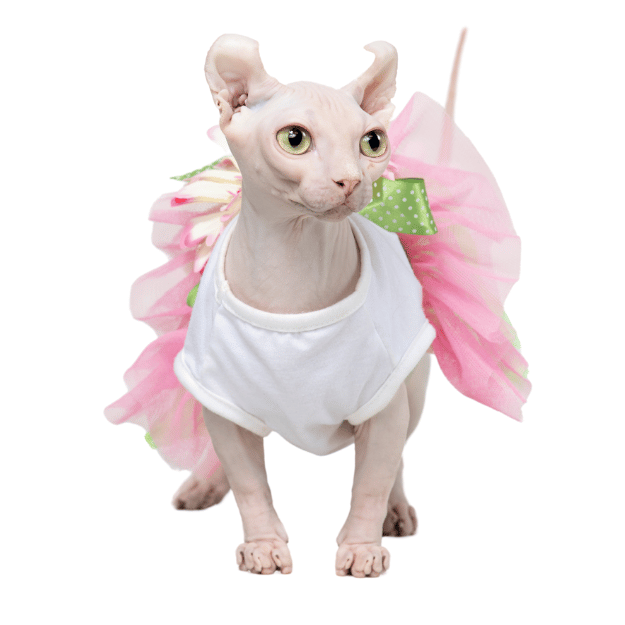
These breeds, though lesser-known, carry their own stories and genetic blueprints, further enriching the tapestry of hairless cat breeds. The diversity among these breeds not only illustrates the range of aesthetic and physical traits that selective breeding can achieve but also highlights the broader genetic possibilities within domestic cats. It’s a testament to human ingenuity and the ongoing quest to explore and expand the boundaries of natural variation in our feline companions.
Selective Breeding: Crafting the Hairless Cat Phenotype
The selective breeding of hairless cats, a practice that began earnestly in the 1960s, has not only perpetuated unique aesthetic traits but has also raised important considerations regarding genetic diversity and health. Breeders have meticulously worked to ensure that the striking appearance of hairless cats does not compromise their overall well-being. This involves a careful balancing act—enhancing desirable traits while minimizing potential health issues through genetic diversity.
Selective breeding practices have included cross-breeding with other cat breeds to introduce new, desirable traits and strengthen the gene pool. For example, the Sphynx has been crossed with traditional furred breeds to infuse genetic variety, which helps mitigate some of the health risks associated with the skin and immune system peculiarities of hairless cats. Such practices underscore the responsibilities that come with breed development, emphasizing the need for ethical breeding practices that prioritize the health and happiness of the cats.
Unique Needs and Characteristics of Hairless Cats
Hairless cats, with their distinctive skin, require a different kind of care compared to their furred counterparts. Their skin is often compared to soft leather or suede and is warm to the touch, reflecting their higher body metabolism that helps compensate for the lack of fur. This unique physiology means they are more susceptible to temperature extremes; hence, maintaining an appropriate environmental temperature is crucial for their comfort and health.
Additionally, hairless cats require regular bathing to remove the oil buildup that their skin produces, which in furred cats is typically absorbed by their hair. This grooming routine not only helps keep their skin healthy but also enhances the bond between cat and owner. Moreover, without fur to shield them, they are more vulnerable to sunburn and skin injuries, necessitating protective measures like sunscreen or clothing when exposed to direct sunlight.
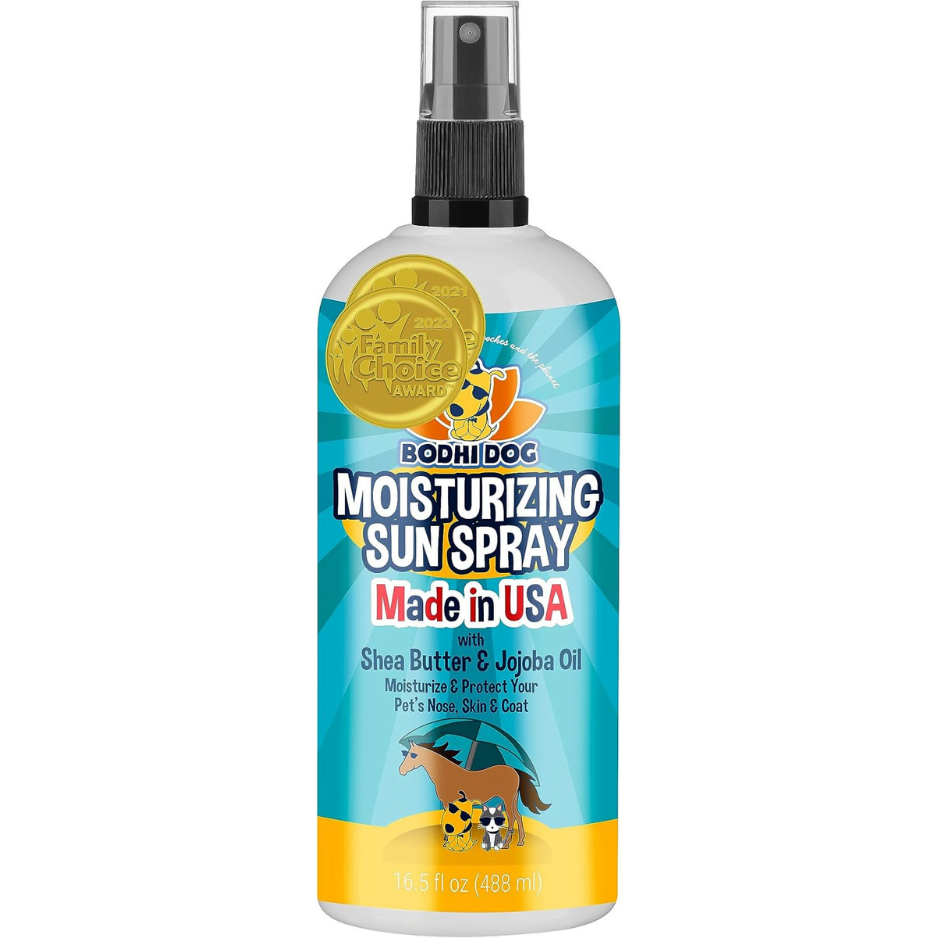
Behavioral Traits of Hairless Cats
Beyond their physical needs, hairless cats are known for their outgoing and affectionate nature. Breeds like the Sphynx are often described as “dog-like” in their loyalty and desire for human interaction, making them excellent companions.
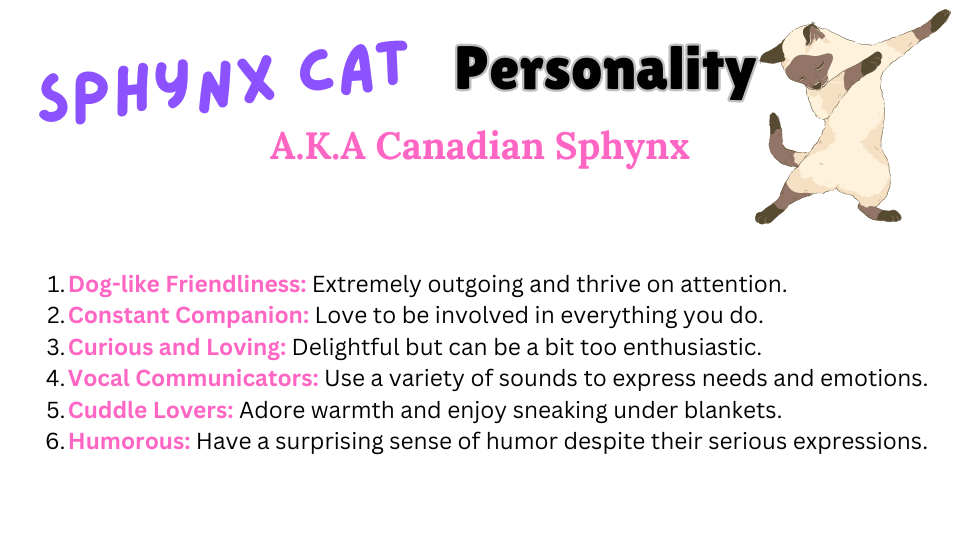
They are playful, sociable, and highly adaptable to family environments, often seeking out warmth and affection from their human counterparts. Their engaging personalities make them particularly beloved by their owners and a favorite in multi-pet households.
These behavioral traits, combined with their unique appearance and the special attention they require, contribute to the deep bond that often forms between hairless cats and their owners. It’s a relationship built on mutual care and affection, highlighting the special place these cats hold in the homes and hearts of those who cherish them.
Reflections on Hairless Cats
These cats offer a unique blend of visual distinction, engaging personalities, and the special care they require, which enriches the lives of their owners. The ongoing fascination with hairless cats speaks to our broader desire for connection and understanding with the animal kingdom, celebrating diversity and the unexpected beauty it brings into our lives.
Through careful breeding, dedicated care, and a deep appreciation for their unique traits, hairless cats continue to captivate and charm cat lovers around the world, securing their place as one of the most distinctive and beloved members of the feline family.
For proud owners of these distinctive felines, ensuring your hairless cat’s health and comfort is paramount. Explore our selection of top-notch products specifically designed for hairless cat breeds to provide the best care for your unique pet, and continue to celebrate the unique joy that hairless cats bring into our lives.
Meet Sean, a fintech whiz with a penchant for pet purrs and blockchain buzz. After a decade of fintech feats, Sean’s tech talents leaped from ledger lines to litter lines, driven by a passion for pets and a vision for a more connected pet care community. With three critter companions as co-pilots, Sean launched this blog to share a treasury of pet-friendly tech tips and tales.

